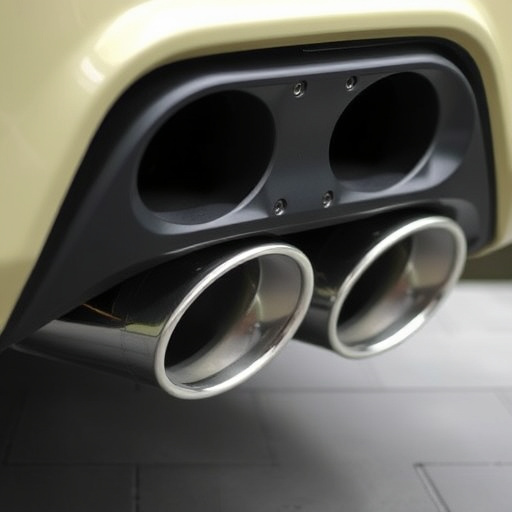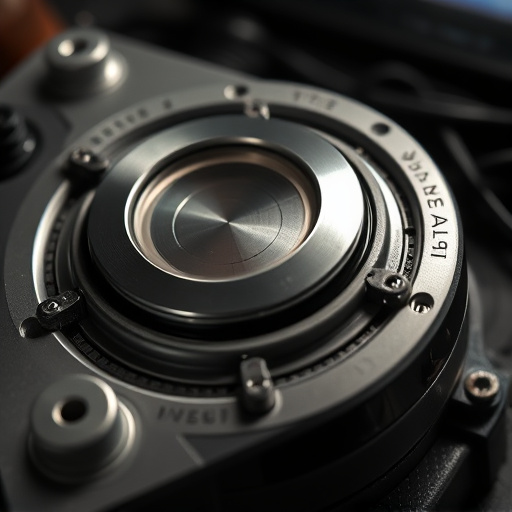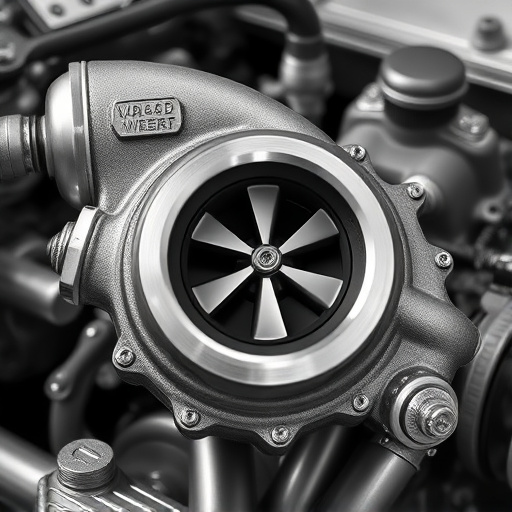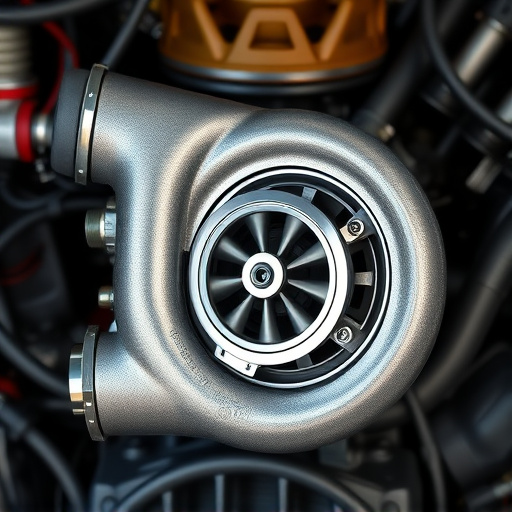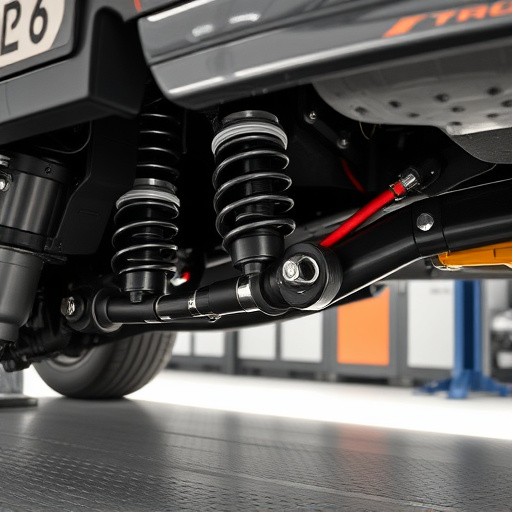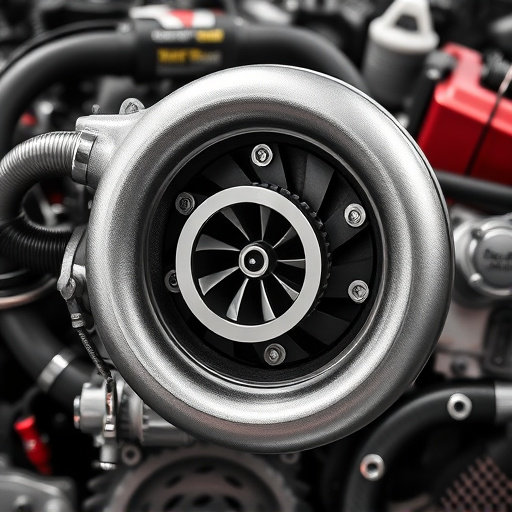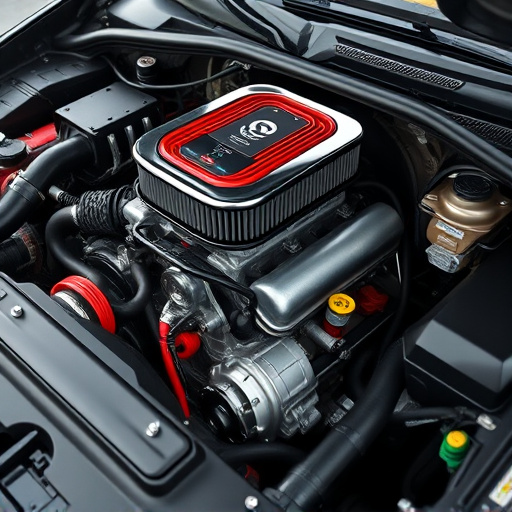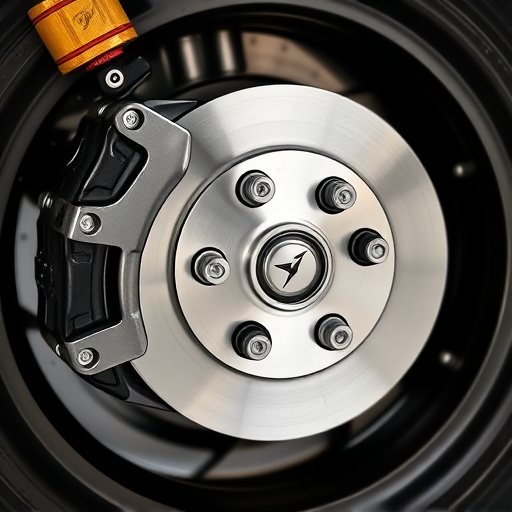Power Stop brakes offer enhanced stopping performance, safety margins, and handling for enthusiasts, but are significantly more expensive and may require modifications. Stock brakes, designed specifically for each vehicle, provide reliable daily driving with minimal impact on dynamics or cost, making them an ideal choice for minor braking upgrades. Choosing between the two depends on driving style: Power Stops for aggressive drivers seeking improved performance, stock brakes for everyday use with simplicity and affordability.
Power stop brakes have gained popularity among automotive enthusiasts, offering potential performance upgrades over stock brakes. This article delves into the comparison between these two braking systems. We’ll explore the advantages and disadvantages of power stops, contrast them with traditional stock brakes, and provide insights on when to choose each option. By understanding these differences, drivers can make informed decisions for their vehicles, enhancing both safety and driving experience.
- Understanding Power Stop Brakes: Advantages and Disadvantages
- The Role of Stock Brakes: Performance and Maintenance
- Making the Choice: When to Opt for Power Stops vs. Staying with Stock Brakes
Understanding Power Stop Brakes: Advantages and Disadvantages
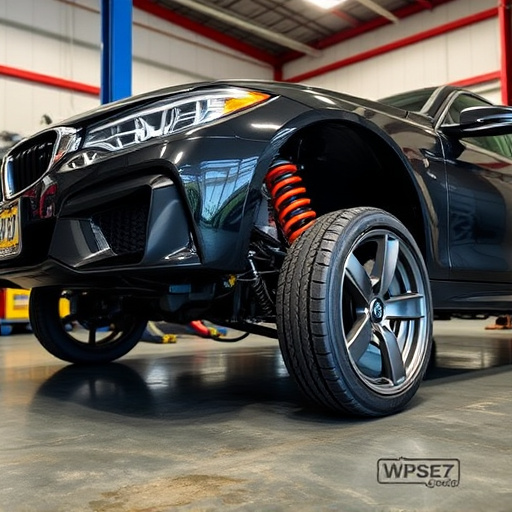
Power Stop brakes are high-performance braking systems designed to offer superior stopping power and improved control compared to stock brakes. These upgrades often feature stiffer brake pads, larger rotors, and more robust hardware, which collectively contribute to better heat dissipation and reduced fade during intense braking maneuvers. The advantages include enhanced safety margins, quicker stop times, and improved vehicle handling, especially in demanding driving conditions.
However, there are potential drawbacks to consider. Power Stop upgrades can be significantly more expensive than stock brakes, making them a substantial investment for many drivers. Additionally, improper installation or misalignment could lead to uneven braking, vibration, or increased wear on suspension components. Intake components like cold air intakes might also need to be modified for optimal performance with upgraded brakes, adding further complexity and cost to the setup.
The Role of Stock Brakes: Performance and Maintenance
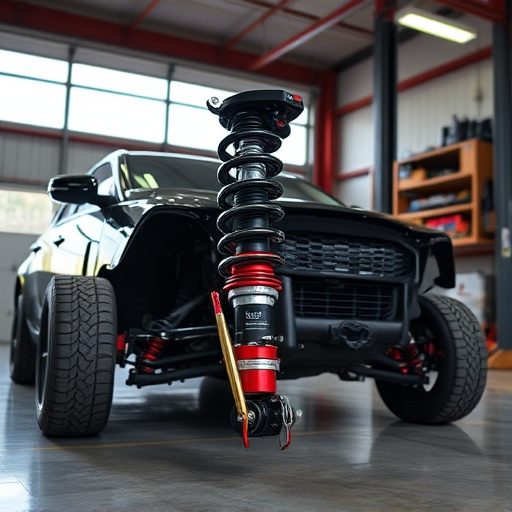
Stock brakes play a crucial role in any vehicle’s performance and handling dynamics. These original equipment brakes are designed to effectively slow down and stop the vehicle, ensuring safe driving conditions. They are meticulously engineered to match the specific requirements of each make and model, providing optimal braking power while maintaining overall vehicle stability. Regular maintenance is key for stock brakes to ensure their longevity and peak performance; this includes periodic inspections, fluid checks, and timely replacement of worn-out components.
When comparing with power stop brakes, it’s essential to consider that stock brakes offer a more affordable and straightforward solution. They are reliable and well-tested, making them suitable for everyday driving needs. While power stop brakes provide enhanced stopping power and often come with upgraded components like performance exhaust tips or specialized exhaust mufflers, they may not always be necessary for daily commuters. For those seeking minor improvements in braking performance without significant changes to the exhaust system, stock brakes remain an excellent choice that guarantees safety and smooth operation.
Making the Choice: When to Opt for Power Stops vs. Staying with Stock Brakes

When deciding between power stop brakes and stock brakes, understanding your driving style and needs is key. Power stop brakes are a popular upgrade choice for enthusiasts seeking improved braking performance and control, especially in high-performance vehicles. These brakes offer enhanced stopping power, reduced brake fade, and more precise modulation, enabling better handling and quicker reaction times during aggressive driving or track days.
On the other hand, stock brakes are designed to provide adequate stopping power for everyday driving conditions. While they may not offer the same level of performance as power stops, they are generally more than sufficient for normal usage, including commuting and casual driving. Factors like cost, ease of installation, and the impact on overall vehicle dynamics should also be considered. For example, upgrading to power stop brakes might require additional modifications, such as installing new exhaust tips or air filter kits, and could affect suspension components, whereas stock brakes maintain a more straightforward setup.
When it comes to enhancing braking performance, power stop brakes offer superior stopping power and reduced brake rot, making them ideal for those seeking improved control on the road. However, stock brakes maintain simplicity, reliability, and affordability, which are essential for everyday driving without extreme demands. Ultimately, the choice between power stop brakes and stock brakes depends on individual preferences and driving needs, with both options valid in their respective scenarios. For enthusiasts prioritizing performance upgrades, power stops are a game-changer, while stock brakes remain a dependable choice for standard maintenance and daily commutes.






